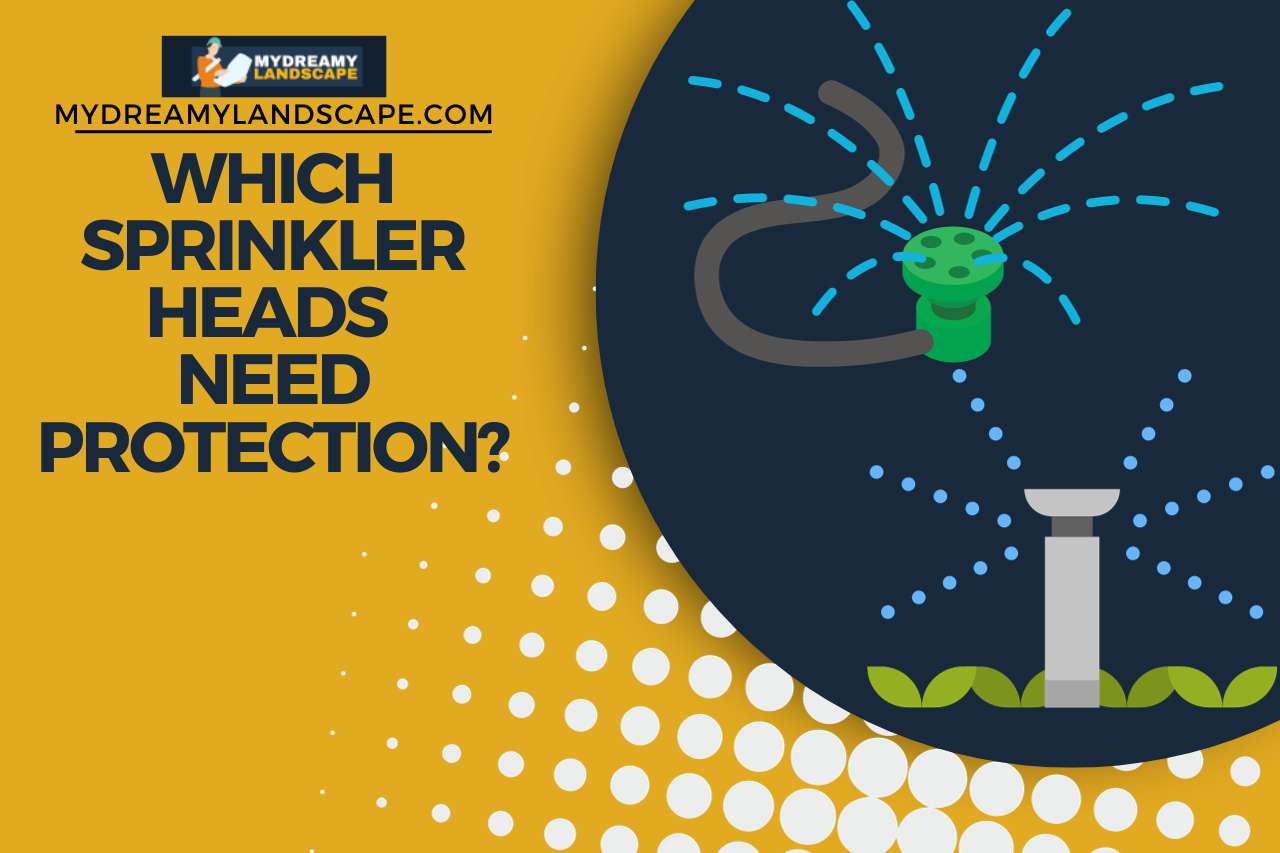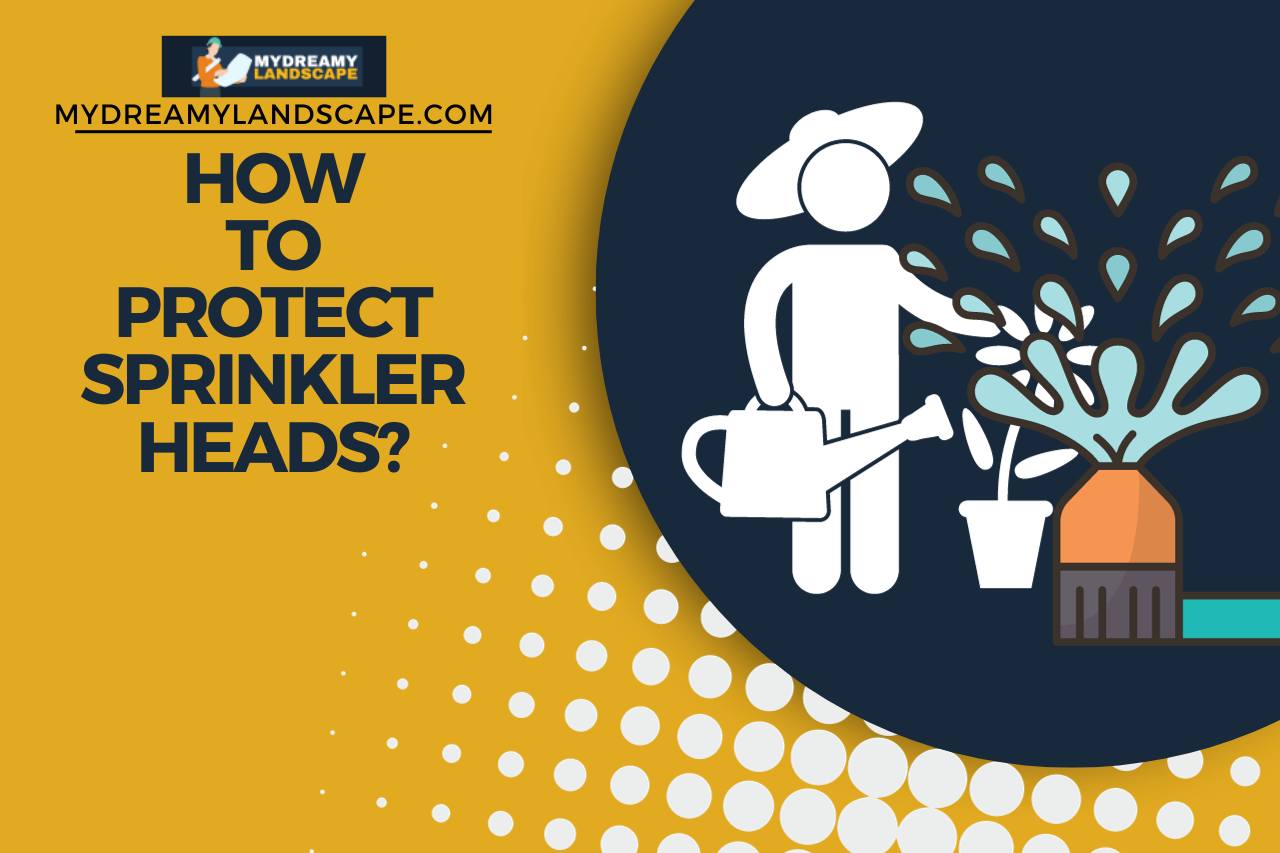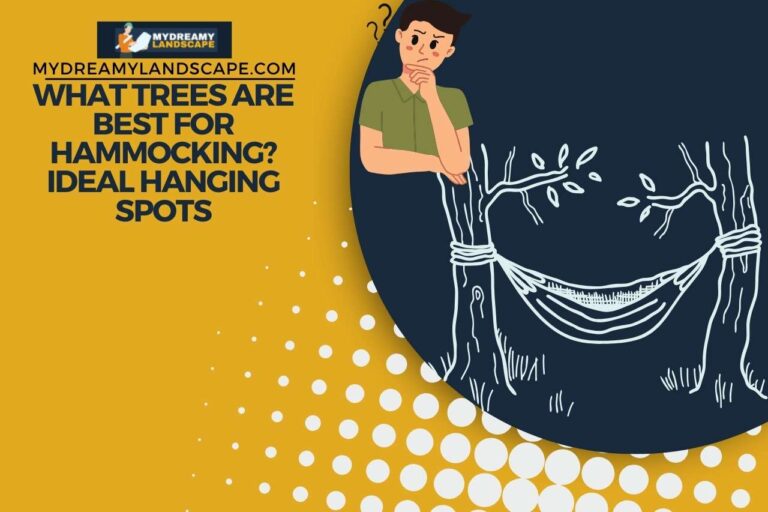How to Protect Sprinkler Heads? (Tips & Best Practices)
Have you ever wondered how to protect sprinkler heads in your garden? These little devices face daily challenges, from lawnmower passes to debris buildup. It’s not just about maintaining the tool, but ensuring your garden gets the care it deserves. Join us as we explore practical steps and handy tips to shield your sprinklers and keep your green space flourishing
How to Protect Sprinkler Heads?
The most effective way to protect sprinkler heads is by ensuring they are properly installed, shielded from external damages, and regularly inspected for maintenance.
Sprinkler heads are pivotal in keeping our lawns lush and gardens thriving. However, due to their exposed position, they can be vulnerable to various types of damage. By adopting some straightforward measures, you can prolong their lifespan and maintain their efficacy:
-
Proper Installation:
- Depth: Ensure the sprinkler heads are installed at the correct depth. They should be flush with the ground level. Protruding heads are more susceptible to damages from lawnmowers and foot traffic.
- Spacing: Avoid placing them too close to sidewalks, driveways, or high-traffic areas. The farther they are from potential disturbances, the less likely they’ll get damaged.
-
Use Protective Guards:
- Concrete Donuts: These are rings that can be placed around the head, offering protection from heavy equipment or vehicles.
- Sprinkler Head Caps: These caps protect the sprinkler from dirt, debris, and minor external impacts.
- Pop-up Sprinkler Heads: Opt for these as they retract below ground level when not in use, minimizing exposure to potential threats.
-
Regular Maintenance and Inspection:
- Cleaning: Over time, dirt and debris can accumulate around and inside the sprinkler heads. Periodic cleaning ensures unobstructed water flow.
- Check for Damage: Inspect for visible signs of wear and tear, such as cracks. Replace any damaged parts promptly.
- Adjustment: Ensure that the sprinkler heads are correctly adjusted to avoid water wastage and ensure optimal performance.
-
Educate and Inform:
- If you have a family, especially kids, educate them about the importance of sprinkler heads. Inform them to avoid playing near them or stepping on them.
- Place visible markers or flags around newly installed sprinkler heads as reminders.
-
Winterize:
- In colder climates, water inside the sprinkler system can freeze and damage the heads. Ensure to drain the system before the onset of freezing temperatures.
-
Avoid Chemical Exposures:
- When fertilizing or applying pesticides, ensure that these chemicals don’t accumulate on the sprinkler heads. Over time, they can corrode or damage the material.
Why Is It Important to Protect Sprinkler Heads?
It’s crucial to protect sprinkler heads because they play a vital role in maintaining a consistent and efficient irrigation system. Damaged heads can result in water wastage and uneven watering.
Sprinkler heads, being the primary output source in an irrigation system, directly influence your garden’s health.
Their proper functioning ensures every plant receives adequate water, promoting growth. Moreover, safeguarding them avoids frequent replacement costs, thus being cost-effective.
Additionally, a well-maintained sprinkler system enhances your property’s aesthetic and value. In essence, protected sprinkler heads translate to a flourishing garden and savings in the long run.

Which Sprinkler Heads Need Protection?
While all sprinkler heads can benefit from protection, those positioned in high-traffic areas, exposed spots, and vulnerable to external elements particularly need safeguarding.
Every type of sprinkler head serves a specific purpose, but some are more exposed to potential harm than others:
-
Pop-up Sprinkler Heads
- Commonly used in residential lawns and gardens, these heads emerge from the ground when activated. Their retractable nature makes them less vulnerable, but when extended, they can be prone to damage from mowers, foot traffic, or children playing.
-
Rotary and Impact Sprinklers
- Typically elevated, their rotating mechanism can get obstructed by debris or become a target for curious pets. Ensuring their free rotation without hindrance is crucial for effective water distribution.
-
Drip Emitters
- Often found in flower beds or vegetable gardens, these sprinklers deliver water directly to the plant’s base. Their proximity to the soil makes them susceptible to clogging from dirt and mulch. They also risk getting chewed on by critters.
-
Shrub Sprinklers
- Designed for taller plants like shrubs and bushes, these are elevated on extensions. Being in the open, they risk getting knocked over or hit by garden equipment.
-
Bubbler Sprinklers
- They release water in a small area directly around the head. Installed close to the ground, they risk clogging and need frequent inspection.
FAQ
How Do I Protect My Sprinkler Heads from My Lawnmower?
The most effective way to protect your sprinkler heads from a lawnmower is by ensuring they’re recessed or shielded during mowing activities.
For optimal protection, follow these steps:
- Install sprinkler head guards or donut-shaped protectors.
- Regularly check for protruding heads and adjust them to be level with the soil.
- Use marking flags during mowing to highlight sprinkler locations. Remember, a little precaution can prevent costly repairs and maintain a green landscape.
How Do you Clean a Sprinkler Head?
The best method to clean a sprinkler head involves removing any debris and ensuring its optimal function.
- Turn off the water supply.
- Remove the sprinkler head from its housing.
- Use a soft brush to gently clean away dirt, grass, or any buildup.
- Flush the head with water to remove smaller particles.
- Reattach the head securely. Regular cleaning enhances the sprinkler’s efficiency and lifespan.
Watch this one,
Video Credits – The Lawn Care Nut
You May Also Like



![How to Loosen a Sprinkler from Hose? [With Preventive Tips]](https://mydreamylandscape.com/wp-content/uploads/2023/11/How-often-should-you-pressure-wash-your-driveway-10-768x512.jpg)


![How to Cap Off a Sprinkler Hose? [Alternatives Included]](https://mydreamylandscape.com/wp-content/uploads/2023/11/How-often-should-you-pressure-wash-your-driveway-16-768x512.jpg)